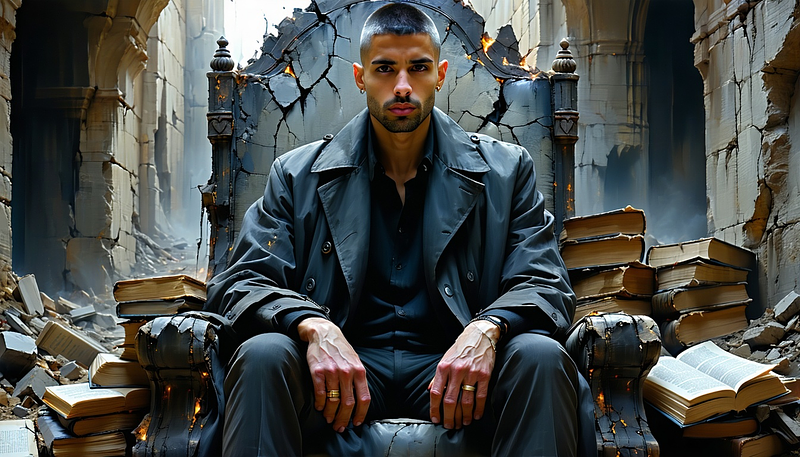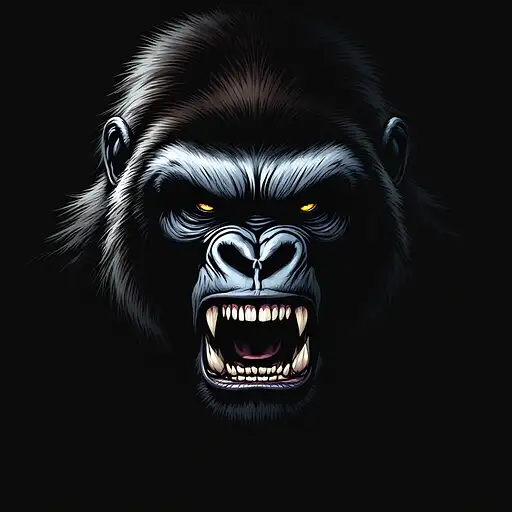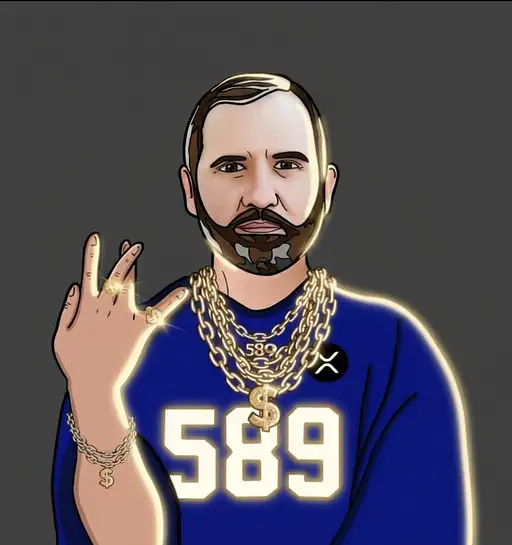
5 months ago
[Image Type: Ultra-realistic, high-resolution color photograph / Modern digital portrait] of Antoine Lavoisier, captured with sharp focus and intricate detail, as if taken by a professional photographer using a contemporary digital camera. Overall Photographic Style: - Lighting: Natural, soft, and sophisticated studio lighting or natural daylight, emphasizing realistic skin tones and subtle shadows that define facial contours. - Depth of Field: Shallow depth of field to keep Antoine Lavoisier in crisp, sharp focus while gently blurring the background. - Color Palette: Natural and balanced, reflecting realistic skin undertones, hair colors, and fabric textures. - Sharpness & Detail: Extreme sharpness on facial features, revealing individual pores, very subtle lines, and distinct hair strands. Subject Details (Antoine Lavoisier): - Age: Depicted in his prime to mature years (late 30s to early 50s), appearing refined and intelligent. - Expression: Calm, composed, and highly intelligent. His gaze is direct and thoughtful, suggesting deep intellect. - Face Shape: More rounded, maintaining his noble and balanced appearance. - Skin Tone: Fair to light complexion with realistic, healthy skin undertones. - Hair: - Color: A distinguished shade of powdered grey or white, with hints of light brown beneath. - Style: Styled in a voluminous, tightly curled wig or coiffure, pulled back from the forehead and sides. - Eyes: - Color: Clear light blue or bright blue. - Shape: More rounded at the center, giving a subtly softer gaze. - Eyebrows: Thin to medium density, neatly arched, and light-colored. - Nose: Prominent, straight, and well-proportioned. - Mouth and Lips: Medium fullness, slightly pursed, with a muted natural pink tone. - Chin: Well-formed, slightly rounded. - Distinguishing Features: The powdered wig and refined expression conveying scientific rigor. Body and Clothing Details: - Posture: Dignified and upright. - Clothing: Formal 18th-century attire with modern realism. - Tailored Coat: Dark-colored, rich fabric (e.g., deep charcoal grey, dark brown, or muted deep red/maroon). - Shirt/Cravat: White linen dress shirt with ruffles at the front (jabot) and a neatly tied white cravat. Background: - Style: Simple, elegant, softly out-of-focus background (e.g., blurred study, dark textured wall, muted professional backdrop). - Color Tone: Dark grey, deep brown, rich dark green, or subtle gradient. Overall Mood/Atmosphere: Intellectual, pioneering, distinguished, and profound, conveying his status as a foundational figure in chemistry.






